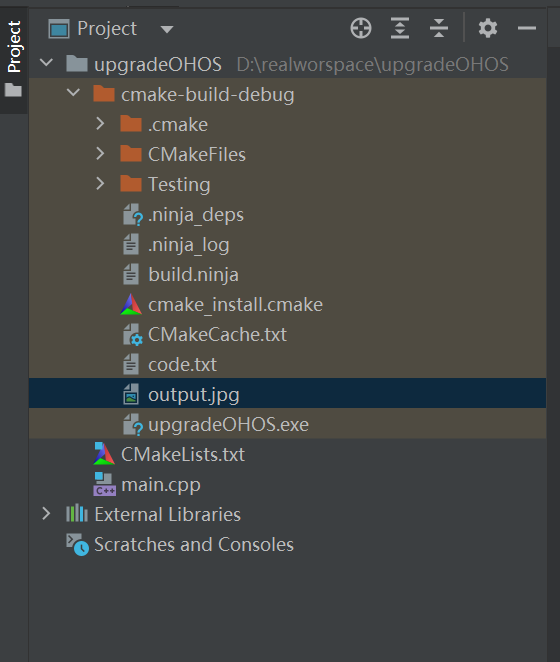1
2
3
4
5
6
7
8
9
10
11
12
13
14
15
16
17
18
19
20
21
22
23
24
25
26
27
28
29
30
31
32
33
34
35
36
37
38
39
40
41
42
43
44
45
46
47
48
49
50
51
52
53
54
55
56
57
58
59
60
61
62
63
64
65
66
67
68
69
70
71
72
73
74
75
76
77
78
79
80
81
82
83
84
85
86
87
88
89
90
91
92
93
94
95
96
97
98
99
100
101
102
103
104
105
106
107
108
109
110
111
112
113
114
115
116
117
118
119
120
121
122
123
124
125
126
127
128
129
130
131
132
133
134
135
136
137
138
139
140
141
142
143
144
145
146
147
148
149
150
151
152
153
154
155
156
157
158
159
160
161
162
| #include <winsock2.h>
#include <iostream>
#include <fstream>
#include <string>
#include <sstream>
#include <algorithm>
#pragma comment(lib, "ws2_32.lib")
static const std::string base64_chars =
"ABCDEFGHIJKLMNOPQRSTUVWXYZ"
"abcdefghijklmnopqrstuvwxyz"
"0123456789+/";
static inline bool is_base64(unsigned char c) {
return (isalnum(c) || (c == '+') || (c == '/'));
}
std::string cleanBase64String(const std::string& input) {
std::string output;
output.reserve(input.size());
std::copy_if(input.begin(), input.end(), std::back_inserter(output), is_base64);
return output;
}
std::string base64_decode(std::string const& encoded_string) {
int in_len = encoded_string.size();
int i = 0;
int j = 0;
int in_ = 0;
unsigned char char_array_4[4], char_array_3[3];
std::string ret;
while (in_len-- && (encoded_string[in_] != '=') && is_base64(encoded_string[in_])) {
char_array_4[i++] = encoded_string[in_]; in_++;
if (i == 4) {
for (i = 0; i < 4; i++)
char_array_4[i] = base64_chars.find(char_array_4[i]);
char_array_3[0] = (char_array_4[0] << 2) + ((char_array_4[1] & 0x30) >> 4);
char_array_3[1] = ((char_array_4[1] & 0xf) << 4) + ((char_array_4[2] & 0x3c) >> 2);
char_array_3[2] = ((char_array_4[2] & 0x3) << 6) + char_array_4[3];
for (i = 0; (i < 3); i++)
ret += char_array_3[i];
i = 0;
}
}
if (i) {
for (j = i; j < 4; j++)
char_array_4[j] = 0;
for (j = 0; j < 4; j++)
char_array_4[j] = base64_chars.find(char_array_4[j]);
char_array_3[0] = (char_array_4[0] << 2) + ((char_array_4[1] & 0x30) >> 4);
char_array_3[1] = ((char_array_4[1] & 0xf) << 4) + ((char_array_4[2] & 0x3c) >> 2);
char_array_3[2] = ((char_array_4[2] & 0x3) << 6) + char_array_4[3];
for (j = 0; (j < i - 1); j++) ret += char_array_3[j];
}
return ret;
}
int main() {
WSADATA wsaData;
SOCKET serverSocket, clientSocket;
struct sockaddr_in server, client;
char buffer[1024] = {0};
int clientSize = sizeof(client);
std::stringstream ss;
if (WSAStartup(MAKEWORD(2,2), &wsaData) != 0) {
std::cerr << "Winsock初始化失败。错误代码: " << WSAGetLastError() << std::endl;
return 1;
}
if ((serverSocket = socket(AF_INET, SOCK_STREAM, 0)) == INVALID_SOCKET) {
std::cerr << "套接字创建失败。错误代码: " << WSAGetLastError() << std::endl;
WSACleanup();
return 1;
}
server.sin_family = AF_INET;
server.sin_addr.s_addr = inet_addr("192.168.50.218");
server.sin_port = htons(8888);
if (bind(serverSocket, (struct sockaddr *)&server, sizeof(server)) == SOCKET_ERROR) {
std::cerr << "绑定失败。错误代码: " << WSAGetLastError() << std::endl;
closesocket(serverSocket);
WSACleanup();
return 1;
}
listen(serverSocket, 3);
std::cout << "等待传入连接..." << std::endl;
clientSocket = accept(serverSocket, (struct sockaddr *)&client, &clientSize);
if (clientSocket == INVALID_SOCKET) {
std::cerr << "接受连接失败。错误代码: " << WSAGetLastError() << std::endl;
closesocket(serverSocket);
WSACleanup();
return 1;
}
std::cout << "连接建立!" << std::endl;
while (true) {
memset(buffer, 0, 1024);
int bytesReceived = recv(clientSocket, buffer, 1024, 0);
if (bytesReceived == SOCKET_ERROR || bytesReceived == 0) {
std::cerr << "客户端断开连接" << std::endl;
break;
}
ss << buffer;
if (ss.str().find("END") != std::string::npos) {
std::string encoded_str = ss.str();
size_t end_pos = encoded_str.find("END");
encoded_str = encoded_str.substr(0, end_pos);
std::string clean_encoded_str = cleanBase64String(encoded_str);
std::string decoded_data = base64_decode(clean_encoded_str);
std::ofstream output_file("output.jpg", std::ios::binary);
if (output_file.is_open()) {
output_file.write(decoded_data.c_str(), decoded_data.size());
output_file.close();
std::cout << "解码图像已写入output.jpg" << std::endl;
} else {
std::cerr << "打开输出文件失败。" << std::endl;
}
break;
}
}
closesocket(clientSocket);
closesocket(serverSocket);
WSACleanup();
return 0;
}
|










